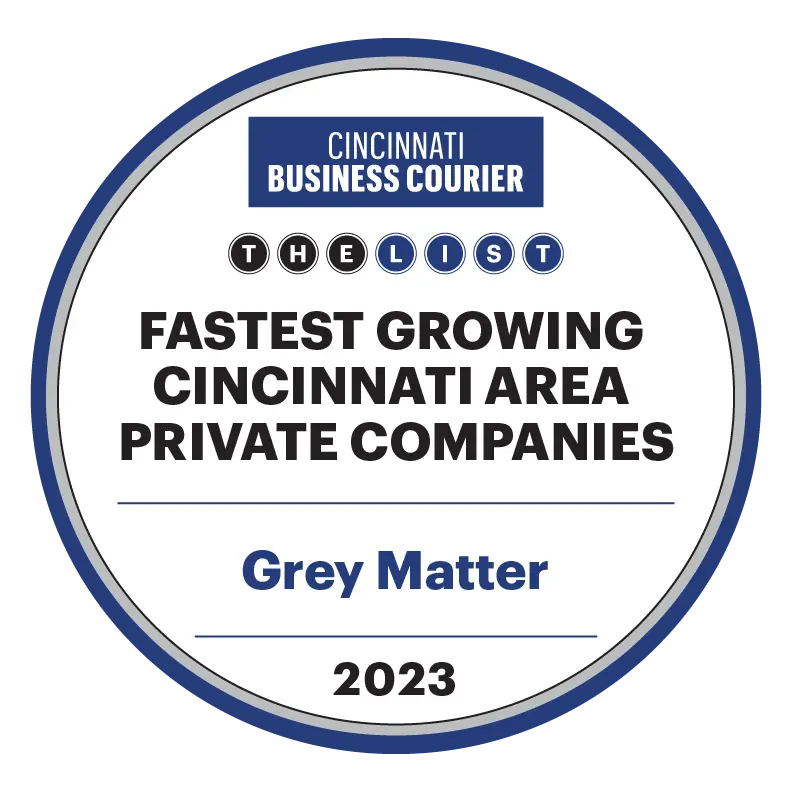How To Use Inbound Lead Generation to Grow Your B2B
According to HubSpot, “Lead generation is the process of attracting and converting strangers and prospects into someone who has indicated interest in your company’s product or service. Some examples of lead generators are job applications, blog posts, coupons, live events, and online content.”
Essentially, it is the process in which businesses collect prospective buyers’ contact information. Obtaining that information gives you the edge to send the right message at the right time to the right people.
Lead generation is one of the most important sales activities for your company to grow. While word-of-mouth marketing can be incredibly powerful, it is important not just to rely on current customers to bring in more prospects for your business.
Inbound Lead Generation
While you want your lead generation strategy to be successful, businesses should focus on the quality of leads over the quantity. You can reach out to thousands of cold leads, but if those leads aren’t interested, have no need for your product or service, or aren’t in the buying process, you waste countless hours with nothing to show for it.
As we’ve talked about in Selling With Psychology, it’s about building a sense of trust with and educating your prospects. Using this strategy eases a buyer’s mind, making them feel more empowered and in control of their buying process.
With inbound lead generation, it’s about letting the leads come to you. When a consumer or business is looking to buy, they will do research into the product or service they are seeking. Inbound marketing meets those buyers at the right place at the right time with the right message to encourage the buyer to reach out. It’s all about timing, meeting the buyer where they are in their journey.
How to Do It
There are three stages to inbound marketing; attract, engage, delight.
Lead generation falls under the attract and engage stages. That is, grabbing the buyer’s attention and starting a conversation with them.
Make sure your business has content offers for each stage of the funnel; top, middle, and bottom. These content offers could include:
- White papers
- Frequently asked questions
- How-to guides
- Demonstration videos
- Case studies
- Product tip sheet guides
Make sure your content offers align with your buyer personas. You want to ensure the content you provide is what the prospect would be interested in. For instance, if a buyer is searching for solutions to a common pain point, make sure you have a blog that offers a solution that the buyer can find in their search.
Once you have attracted them with your content, you can now engage the buyer by putting a call to action at the bottom of your post, encouraging them to read more content that assists them on their journey. Ideally, this CTA would lead to a landing page where the prospect can fill out a short contact information form to download or read the next piece of content. Through this process, you generate leads that have a genuine interest in your business and have a higher chance of converting.
Conclusion
When generating leads, focus on the quality of the lead vs. the amount of leads you receive. Remember, qualified leads have a much higher conversion rate than cold leads and lead to a better sales process. Focus on attracting buyers by meeting them where they are in their journey and engaging them with helpful content.
Need help building landing pages, creating blogs, managing content, or overall lead generation? Let us know! Our team is trained in inbound lead generation and can help your business grow.









